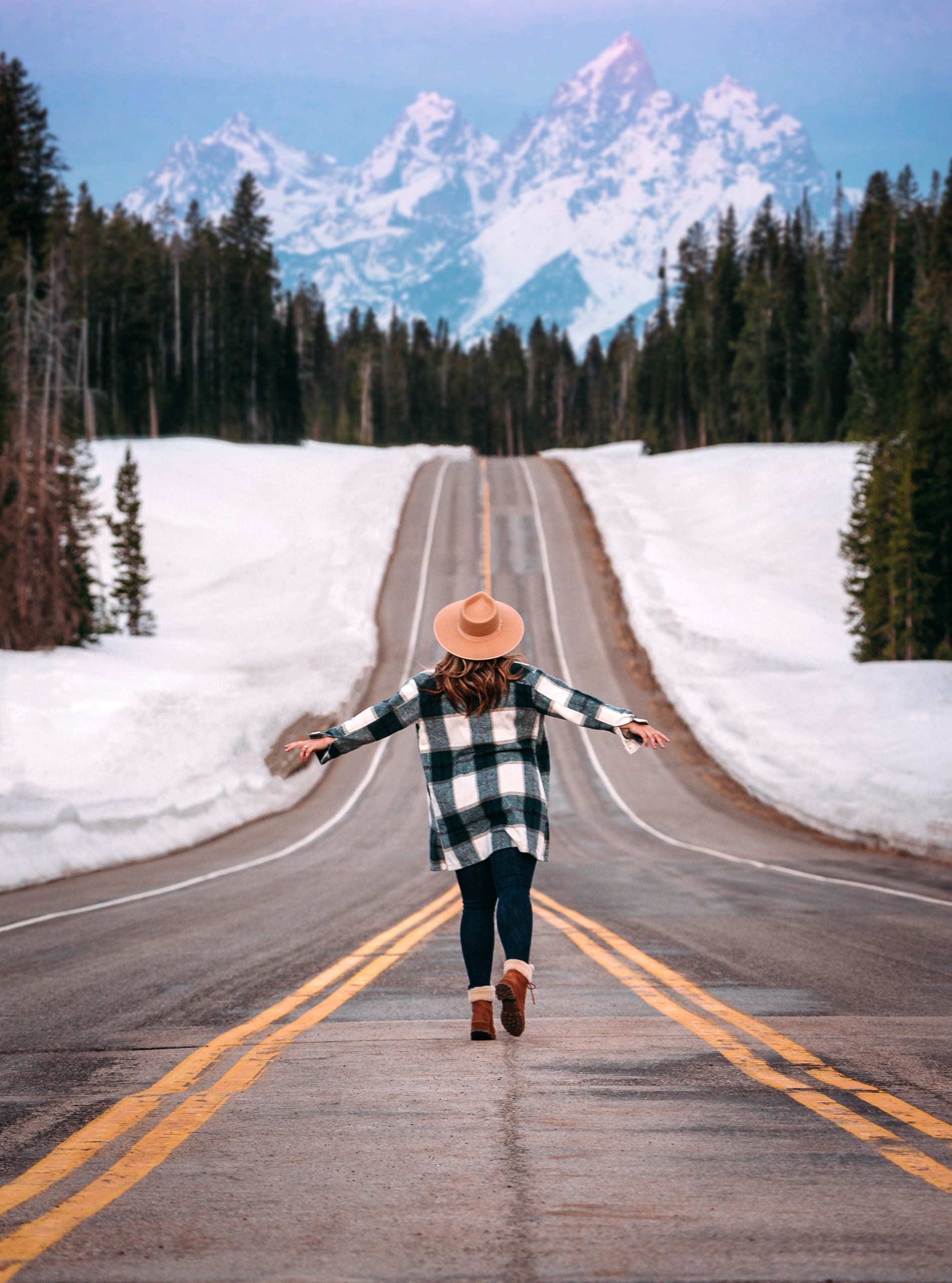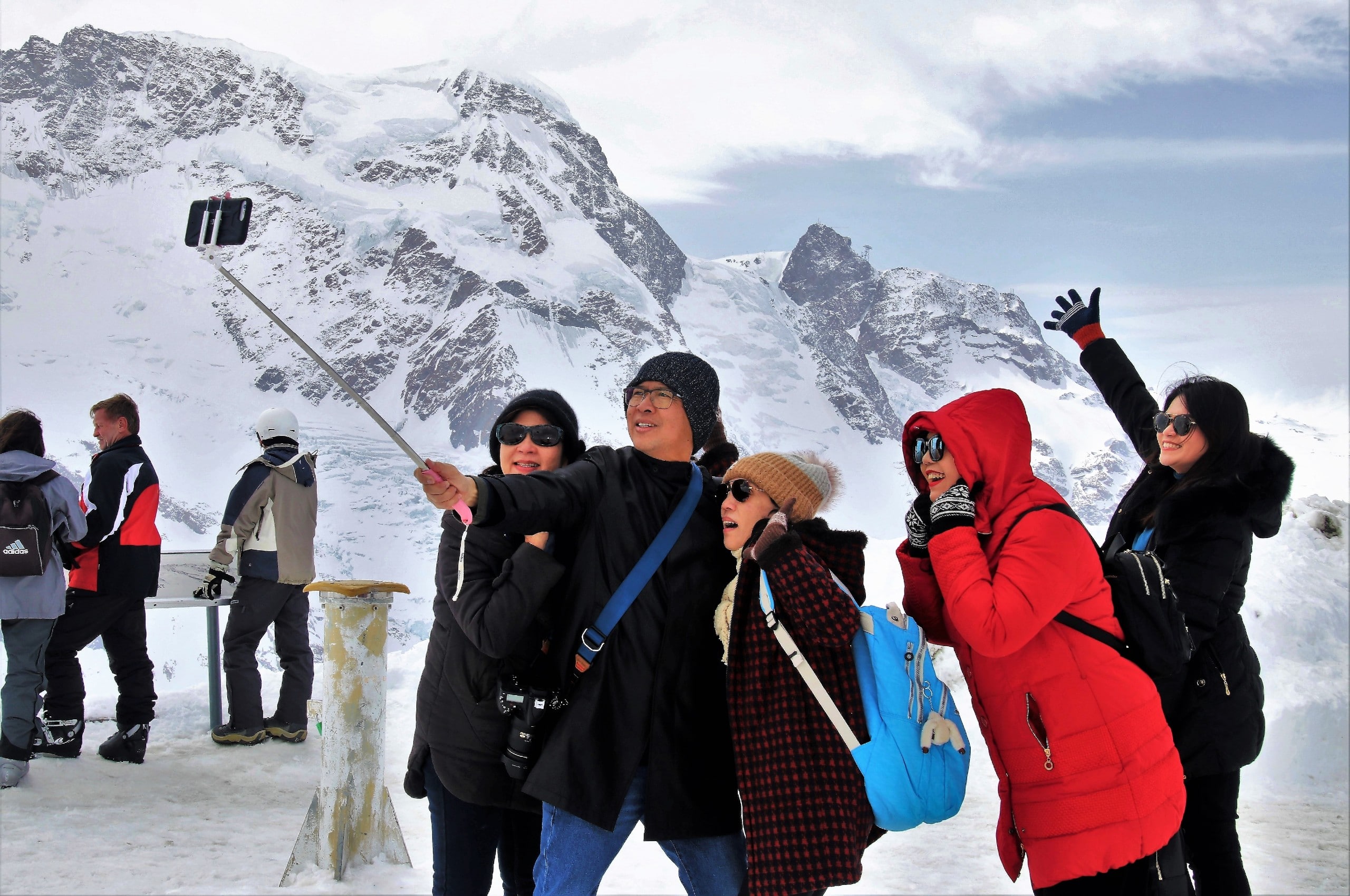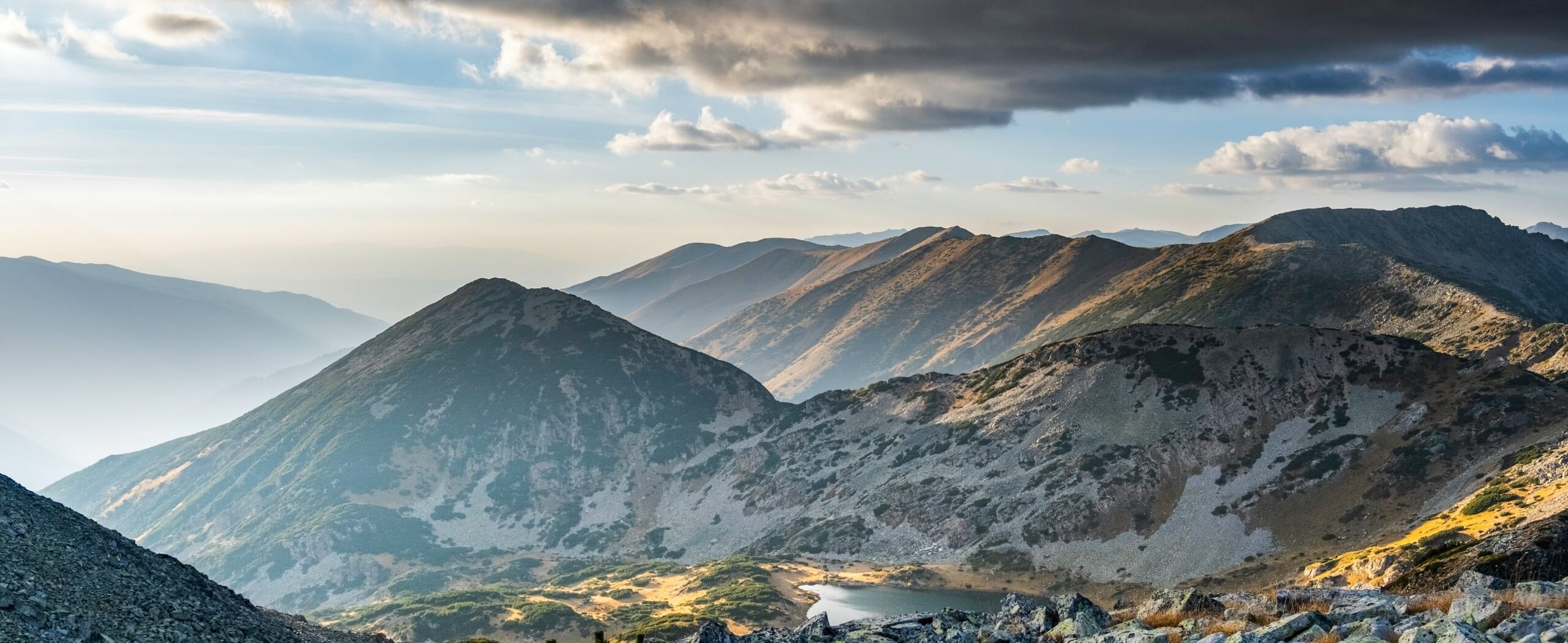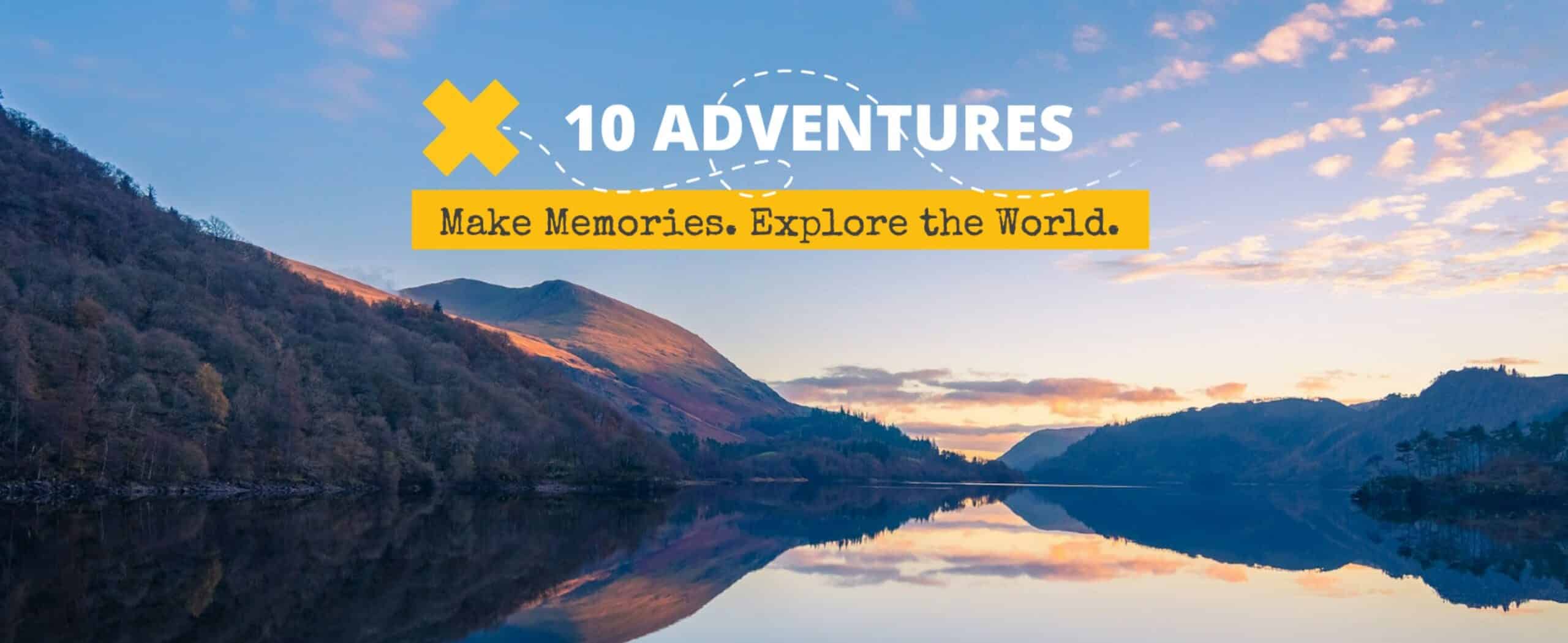Phones can help us research, plan, book, pay for, and embark on our adventures. They can teach us how to say “hello” and “thank you” in another language and they can even serve as our wallets and hotel keys. They can also pull our eyes away from the once-in-a-lifetime view in front of us or force us to step out of the moment to create a more compelling one for the sake of our feeds.
That phone in your hand and those colourful icons on your home screen have influenced how you experience travel. Sharing our adventures with a few quick taps keeps us connected and inspired, but at what point do we begin to adventure more for our feeds and less for ourselves?
Smartphones and Social Media Get Us There
Before we get too far into the social media doomsday rhetoric, let’s recognize that there’s good news and bad news when it comes to travel in the age of smartphones and social media. Phones can both help and hinder our travel experiences. The good news first: they can facilitate trip planning and booking and aid in travel on the go. In a Travelport survey of 16,000 travellers from 25 different countries, trends showed a strong increase in mobile phone usage during trips. The main takeaways?
- Almost half of those surveyed have booked and paid for an entire trip or part of a trip using their smartphone.
- Nine out of 10 travellers now use apps to make their travels easier, including maps, airline apps, weather apps, and social media apps.
- On average, travellers use between 10 and 12 apps throughout the searching, booking and travelling parts of their trip.

“Travelers from the United States are highly dependent on their smartphones to search, book and along the entire journey while travelling and are rapidly embracing future travel technologies,” said Simon Ferguson, Travelport Americas President and Managing Director.
Similarly, Google’s Official Mobile Marketing Publication found that 70% of American travellers “always” use their smartphones while travelling, sharply up from 41% in 2015. Smartphones are increasingly becoming the main vehicle of travel booking, but they’re also becoming more integral in our travel experience on the ground. Learning a bit of the local language, navigating in a new country, and making adjustments to itineraries on the go is becoming the standard while travelling, instead of a luxury. For example, searches for language learning apps have grown 85% year-over-year (Think With Google).
The whole idea here: smartphones are making travel significantly easier to plan and execute. They’re our trip planners, our booking agents, our translators, our navigators, our wallets, and more.
What’s the Bad News?
Phones are seemingly ubiquitous in our lives whether we’re at home or on a beach in Spain. If you, too, have avoided tracking your screen time for some reason along the lines of “ignorance is bliss,” you might find yourself feeling stressed from time to time. According to a study by Thomeé et al. (2011), the most frequent mobile phone users report the most frequent disturbances in sleep, more symptoms of depression, and the highest levels of stress.
So, phones and social media can be overwhelming. What happens when you want to disconnect?
Digital Detoxes
Some companies try to cater to travellers who want a break from their screens, or even entice them to take one. For example, the James New York NoMad Hotel once offered guests 10% off their room rate for every night they go without their smartphones. The “Digital Detox” package prompts guests to lock up their phones and other electronic devices at the front desk upon arrival. They’re assigned a room that’s stripped of technology (down to the alarm clock!) and invited to participate in activities like guided meditation and yoga.
To state the obvious, we likely wouldn’t need to market extreme anti-technology travel experiences if our phone usage while travelling never toed the line of being problematic.

The Tulum Problem
The funny thing about destinations known for their “get away from it all and reconnect with yourself” mentality–Tulum and Bali come to mind–is that they can sometimes become the exact opposite. Destinations that tout connection with nature, wellness, meditation, and naturalism can become overrun with tourists with phones in hand. What begins as a place to leave it all behind becomes a place with ubiquitous free Wi-Fi and carefully thought-out photo locations. You’ll see throngs of people taking Instagram stories of the same beach and posing for the same photo while lines of tourists with smartphones in hand wait for their turn.
Wanting to capture a beautiful moment isn’t inherently bad. When does having your phone in your hand actually start to negatively impact your experiences?
The Pressure to Post
There’s nothing inherently wrong with wanting to share your special experiences. We’ve filled our own camera rolls with “touristy” spots and posted them everywhere–not here to judge! Capturing your adventures is one of the only surefire ways you’ll be able to relive them after your plane lands back home, and it’s the best way you can share them with the people who care about you. “Hey Mom, look, I visited the town your grandparents were born in, and this was their house!” We can’t deny that phones make saving those instances as easy as it gets.
So, when does looking through the viewfinder start to take away from seeing the view with your own eyes?
The pressure to post might be the line. Among many travellers, the desire to create a curated travel experience just for social media is a real factor in their phone usage. The gorgeous background, the candid-looking pose, the careful angling of the camera to make it seem like you were the only one there… Capturing moments on our adventures is one of the best ways we can save those moments to appreciate later on, but they can become less about saving the moment as it was and more about creating an inauthentic representation of our experiences for the eyes of our followers.

The Catch of Curated Moments
If you find yourself creating inauthentic moments just for the sake of photos, consider whether you’re truly immersed in what you’re doing. If the answer is yes, and you just want a nice photo, that’s not problematic whatsoever. If you find yourself anxious about taking the right photos or sharing the right content to your stories, or you find you can’t fully appreciate where you are or what you’re doing because you’re trying to evaluate it from the eyes of your followers, take pause.
The pressure to capture, post, and share in a way that’s just right shouldn’t detract from the actual feeling of being there. Stop flipping through filters. Stop pressing the shutter button. Stop re-taking your boomerang. Snap the photo, take the video, and try to appreciate the moment for what it authentically is. Save it for yourself, or if you want to share it, do it without the pressure of making it seem perfect.



Comments